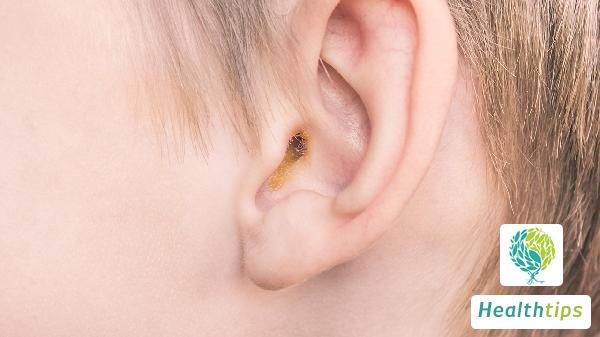How Long Does It Take for Knee Gout Swelling to Subside?
Knee joint gout is an inflammatory reaction caused by the deposition of uric acid crystals in the joints and surrounding tissues. It typically results in severe pain, redness, swelling, and stiffness, significantly impacting a patient's daily life. For individuals with gout, acute episodes can last anywhere from a few days to several weeks. This is because uric acid crystals take time to form and manifest symptoms. Generally, prior to a gout attack, patients may already have hyperuricemia without noticeable symptoms or signs. It's when uric acid crystals accumulate to a certain level that they trigger a gout flare-up. However, each patient's condition is unique, and treatment outcomes vary based on individual differences. Factors influencing the specific recovery time include age, gender, weight, dietary habits, and whether timely and appropriate treatment measures are taken. If you suspect gout, it's essential to seek medical attention promptly for diagnosis. Doctors can determine the diagnosis through a detailed history, physical examination, and necessary laboratory tests, followed by a tailored treatment plan. Early detection and treatment can effectively control disease progression, alleviate symptoms, and improve quality of life. The rehabilitation process for knee joint gout is complex, with timelines varying based on individual circumstances. Early identification and management of gout are crucial to prevent the onset and progression of complications. Always consult a medical professional and follow their prescribed treatment plan.




















